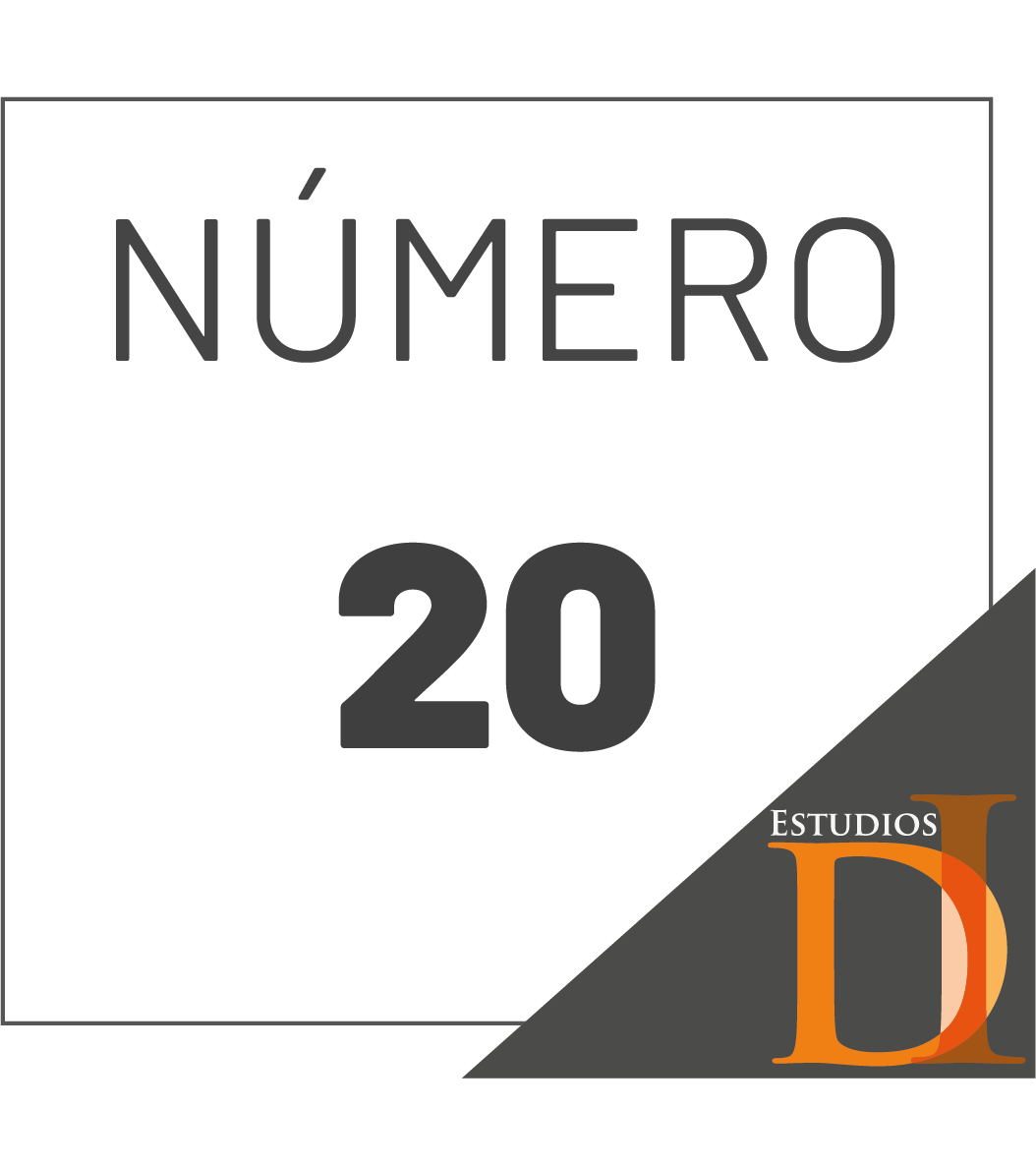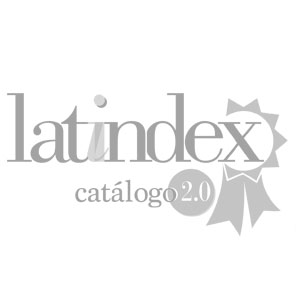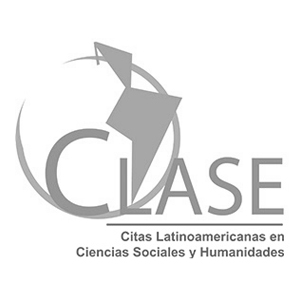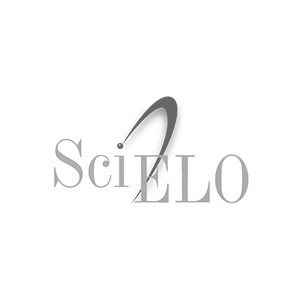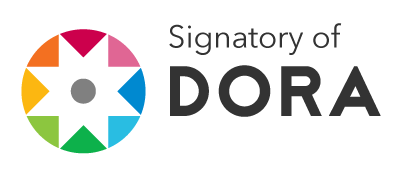Cargas normativas, innovación e inteligencia artificial: dilemas regulatorios
El presente artículo aborda algunos de los principales dilemas que existen entre las cargas normativas y el impacto que éstas pudieran tener en la innovación de los sistemas de IA. Para su estudio, se analiza la relación que existe entre regulación e innovación, y si la regulación pudiera ser considerada una carga normativa. En este sentido, se concluye que la regulación de la IA sí podría ser considerada de esa manera; en particular, si no se tiene en cuenta el tamaño de las empresas, los riesgos de la tecnología, sus aplicaciones y derechos en los que incide.
Detalles del artículo
Estudios en Derecho a la Información por Universidad Nacional Autónoma de México, Instituto de Investigaciones Jurídicas

Esta obra está bajo una licencia internacional Creative Commons Atribución-NoComercial-SinDerivadas 4.0.
Citas
Aghion, P., Bergeaud, A. y Van Reenen, J. (2023). The impact of regulation on innovation. American Economic Review, 113(11), 2894-2936.
Auby, J-B y Perroud, T. (2013). Introducción. En Evaluación del impacto regulatorio (T. Parejo Navas, A. Saavedra Bazaga y C. Velasco Rico, Trads.). Global Law Press; Derecho Global; Instituto Nacional de la Administración Pública.
Congressional Research Service. (2023). Generative artificial intelligence: overview, issues, and questions for Congress. https://crsreports.congress.gov/product/pdf/IF/IF12426
European Parliament and the Council. (2023). Proposal for a regulation laying down harmonised rules on artificial intelligence (Artificial Intelligence Act) and amending certain Union legislative acts (13921/23, Brussels, 17 October 2023). https://table.media/europe/wp-content/uploads/sites/9/2023/10/2023-10-17-conseil-ia-mandat-de-negociation-10412dc9fadd4e4fa9b0360960fd13af.pdf
European Union (2024, julio 12). Reglamento (UE) 2024/1689 del Parlamento Europeo y del Consejo de 13 de junio de 2024 por el que se establecen normas armonizadas en materia de inteligencia artificial y por el que se modifican los reglamentos (ce) n.o 300/2008, (ue) n.o 167/2013, (ue) n.o 168/2013, (ue) 2018/858, (ue) 2018/1139 y (ue) 2019/2144 y las directivas 2014/90/ue, (ue) 2016/797 y (ue) 2020/1828 (reglamento de inteligencia artificial).
Felzmann, H., Fosch-Villaronga, E., Lutz, C. y Tamò-Larrieux, A. (2020). Towards transparency by design for artificial intelligence. Science and Engineering Ethics, 26, 3333-3361. https://doi.org/10.1007/s11948-020-00276-4
Kaufmann, D. y Kraay, A. (2023). Worldwide Governance Indicators 2023. https://www.govindicators.org
Kaufmann, D., Kraay, A. y Mastruzzi, M. (2011). The worldwide governance indicators: methodology and analytical issues. Hague Journal on the Rule of Law, 3(2), 220-246. https://doi.org/10.1017/S1876404511200046
IBM. (2022). Global AI Adoption Index 2022. https://www.ibm.com/downloads/cas/GVAGA3JP
Maslej, N., et al. (2023). The AI Index 2023 Annual Report. Institute for Human-Centered AI; Stanford University. https://aiindex.stanford.edu/wp-content/uploads/2023/04/HAI_AI-Index-Report_2023.pdf
MIT. (2020). The global AI agenda: Latin America. MIT Technology Review Insights. https://mittrinsights.s3.amazonaws.com/AIagenda2020/LatAmAIagenda.pdf
OECD (2021) OECD Regulatory Policy Outlook 2021. OECD Publishing. https://doi.org/10.1787/38b0fdb1-en
OECD/Eurostat. (2018). Oslo Manual 2018: Guidelines for collecting, reporting and using data on innovation (4th ed.). OECD Publishing. https://doi.org/10.1787/9789264304604-en
OECD/Eurostat. (2007). Oslo Manual: Guía para la recogida e interpretación de datos sobre innovación (3a. ed.). Tragsa. https://doi.org/10.1787/9789264065659-es
OMPI. (2023). Global Innovation Index 2022: What is the future of innovation-driven growth? (15th ed.). WIPO. https://www.wipo.int/edocs/pubdocs/en/wipo-pub-2000-2022-en-main-report-global-innovation-index-2022-15th-edition.pdf
OpenAI. (2023). Written evidence (LLM0113): House of Lords Communications and Digital Select Committee Inquiry: large language models. https://committees.parliament.uk/writtenevidence/126981/pdf/
PWC. (2023). Managing the risks of generative AI: a playbook for risk executives – beginning with governance. https://www.pwc.com/us/en/tech-effect/ai-analytics/managing-generative-ai-risks.html
Riehl, I. (2023). Japan goes all in: copyright doesn’t apply to AI training. https://www.biia.com/japan-goes-all-in-copyright-doesnt-apply-to-ai-training/
Roose, K. (2023, mayo 21). Los líderes del sector advierten sobre el “riesgo de extinción” de la inteligencia artificial. New York Times. https://www.nytimes.com/es/2023/05/31/espanol/inteligencia-artificial-riesgo-extincion.html
Rothwell, R. (1980). The impact of regulation on innovation: some U.S. data. Technological Forecasting and Social Change, 17, 7-34.
U.S. Congress. (2022). Public Law No. 117-207, Artificial Intelligence Training for the Acquisition Workforce Act. https://www.congress.gov/bill/117th-congress/senate-bill/2551/text
U.K. Secretary of State for Science, Innovation and Technology. (2023). A pro-innovation approach to AI regulation. London. https://www.gov.uk/government/publications/ai-regulation-a-pro-innovation-approach/white-paper
Vallance, P. (2023). Pro-innovation regulation of technologies review: digital technologies. HM Government. https://assets.publishing.service.gov.uk/media/64118f0f8fa8f555779ab001/Pro-innovation_Regulation_of_Technologies_Review_-_Digital_Technologies_report.pdf
World Bank. (2020). Indicadores mundiales de gobernanza: año de los datos: 2020. https://www.worldbank.org/content/dam/sites/govindicators/doc/rq.pdf
